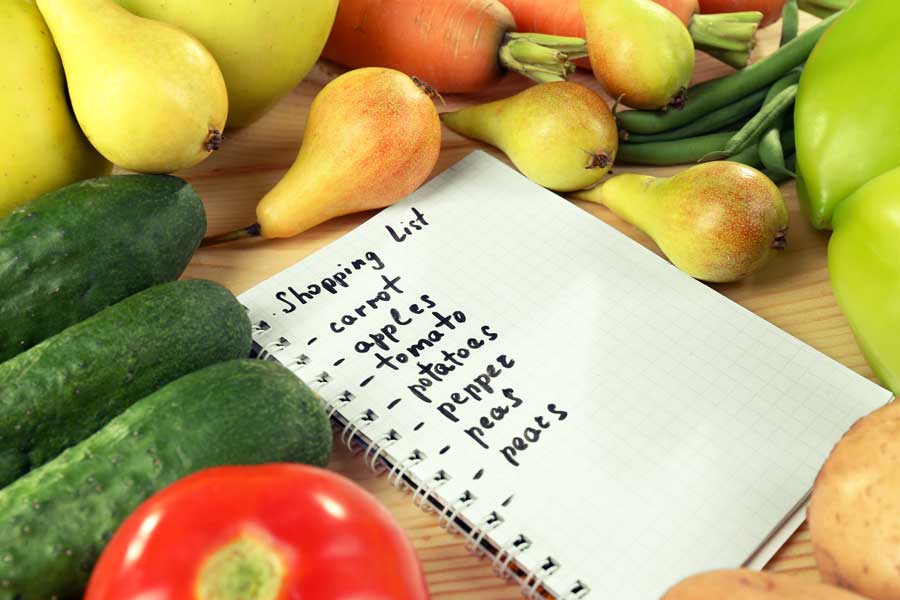Last week, we spoke about King Charles and his prostate health. However, this week, we would like to extend our well wishes to the King in light of his cancer diagnosis, which was recently revealed to the public. Our thoughts are with King Charles and the Royal family as they support him during this challenging period.
We’d like to continue this week’s newsletter by exploring one key aspect in our journey toward better health that is often overlooked – maximising the nutritional content of the food we consume. Last week, we discussed the benefits of cooking tomatoes for prostate health. This week, we will delve deeper into how we can unlock the full nutritional potential of various foods. By employing a few simple techniques, we can ensure that our meals not only satisfy our taste buds but also nourish our bodies with essential nutrients.
1. Unlocking Lycopene in Tomatoes through Cooking
Last week, we briefly mentioned the benefits of cooking tomatoes for prostate health due to the release of lycopene. Lycopene, a powerful antioxidant, is more readily absorbed by the body when tomatoes are cooked. To enhance this process, consider using olive oil during cooking, as it has been shown to increase lycopene absorption. Whether you’re making a tomato sauce or simply roasting them for a side dish, cooking tomatoes can significantly boost their nutritional value.
2. Optimise Vegetable Nutrients with Steaming
Steaming is a gentle cooking method that helps retain the maximum amount of nutrients in vegetables. Unlike boiling, which may lead to nutrient loss in the cooking water, steaming preserves the integrity of vitamins, minerals, and antioxidants. This technique is especially effective for vegetables like broccoli, spinach, and carrots. In addition to not overcooking your vegetables, pair them with healthy fats like olive oil and avocado. This is because many vegetables, like leafy greens, are packed with vitamins A, E, and K, among others. These are fat soluble, meaning eating alongside healthy fats aids their absorption.
3. Sprouting for Enhanced Nutrient Absorption
Sprouting seeds, grains, and legumes is a simple and effective way to boost their nutritional content. The concentration of certain nutrients, such as vitamins and minerals, increases during the sprouting process. Additionally, sprouting reduces anti-nutrients, making the nutrients more bioavailable. Try sprouting beans, lentils, or seeds like alfalfa or broccoli at home. You can then add these sprouts to salads, sandwiches, or wraps for an extra nutritional punch. You can also buy sprouted grains in some supermarkets now for convenience.
4. Soaking and Fermenting Grains for Better Digestibility
Whole grains contain phytic acid, an anti-nutrient that can inhibit the absorption of minerals. To counteract this, consider soaking or fermenting grains before consumption. Soaking grains in water with a splash of acidic medium (like lemon juice or apple cider vinegar) can help break down phytic acid. Fermenting grains through processes like sourdough preparation can further enhance their nutritional profile. Enjoying sourdough bread or soaked oats can improve mineral absorption and digestion.
5. Eat Fruit and Vegetable Skins for Overall Health
The outer layers of produce, such as apples, cucumbers, carrots and potatoes, are rich in essential nutrients, fibre, and antioxidants. Consuming these skins provides a nutritional boost that supports overall health and well-being. The fibre content aids in digestive health, promoting regular bowel movements and supporting a diverse gut microbiota. Antioxidants found in fruit and vegetable skins contribute to the body’s defence against oxidative stress, potentially reducing the risk of chronic diseases. So, don’t be tempted to peel your fruit and vegetables before eating, as most can be washed and cooked whole. Did you know you can even eat the skin of the kiwi fruit?!
6. Preserve Nutrients with Proper Storage and Handling

The way we store and handle our food can impact its nutritional content. Exposure to light, air, and improper storage conditions can lead to nutrient degradation. Store fruits and vegetables in a cool, dark place, and consider refrigerating certain items to slow down nutrient loss. You can also refrigerate nuts and seeds to preserve their shelf life. Additionally, minimal processing and cooking times help maintain the nutritional integrity of your food. Choose fresh, locally sourced produce when possible to ensure optimal nutrient content.
Conclusion
As we explore diverse ways to unlock the nutritional potential of our food, it’s essential to consider the role of digestive health in nutrient absorption. Alongside cooking techniques, sprouting, and embracing fruit and vegetable skins, supporting the digestive process can amplify the benefits of our dietary efforts. Consider incorporating a digestive enzyme supplement into your routine, especially if you experience digestive discomfort or if your body may benefit from additional enzymatic support. These supplements can aid in breaking down macronutrients and facilitating nutrient absorption, ensuring that the body efficiently utilises the valuable components of your meals. By combining mindful cooking methods with digestive support, we can embark on a journey towards optimal nutrition, savouring not only the flavours of our meals but also the nourishment they provide for overall health and vitality.
Please note:
The product images represent the
ongoing rebranding across
Good Health Naturally range
and may currently vary from
actual stock.




